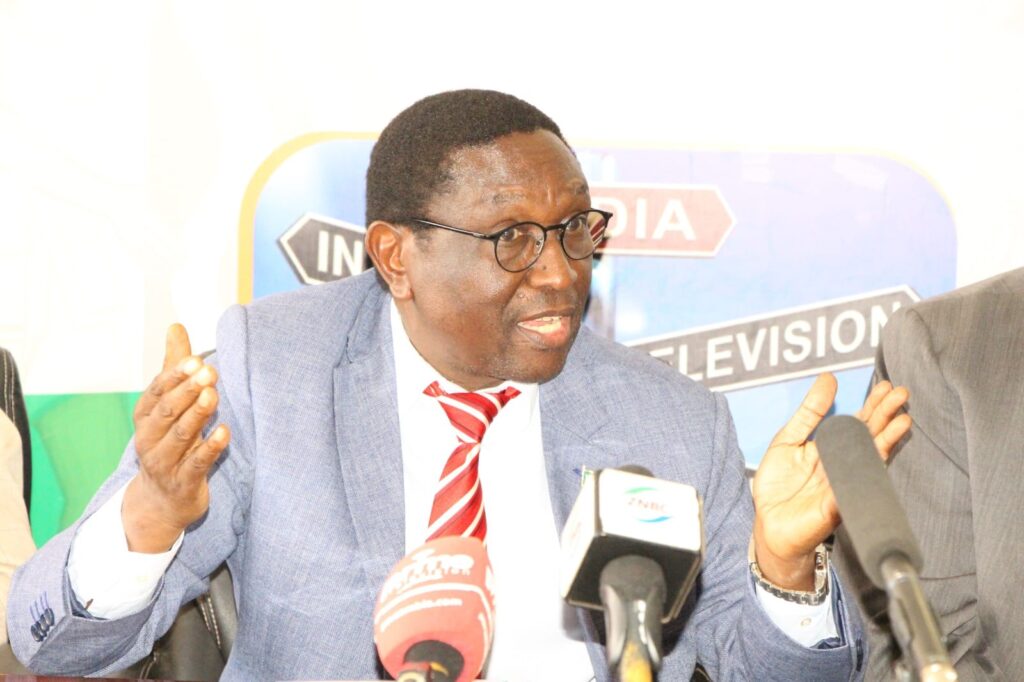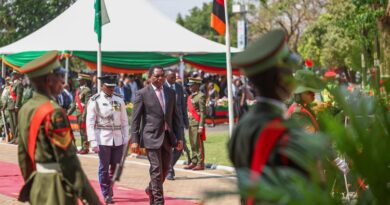Minister of Energy Outlines Measures to Tackle Zambia’s Electricity Crisis
Minister of Energy Hon. Peter Kapala addressed the ongoing electricity challenges facing Zambia. The country continues to struggle with the severe impacts of the El Niño drought, which has significantly strained the energy sector.
Minister Kapala highlighted the severe power deficit resulting from poor hydrology. The current available average generation capacity, determined by water availability in reservoirs, stands at approximately 900MW. This is far below the average demand of 2,400MW, leading to a shortfall of 750MW as of May 2024.
In response to the deficit, the government has implemented several short-term measures. Zambia is currently importing 188MW of power, and ZESCO Limited has reallocated 160MW from its export contracts back to domestic use. Efforts are underway to restart the 105MW Ndola Energy Power Plant, with the goal of having it operational by next month.
Additionally, a 100MW Solar PV power plant is being developed in Chisamba by ZESCO, scheduled for completion in December 2024. The government is also erecting 120MW of diesel generators in Ndola and Mpika.
To further mitigate the crisis, the Energy Regulation Board has simplified the licensing processes to encourage the establishment of new generation plants. Cabinet has approved regulations that allow industries and households to supply electricity to the national grid, providing them an opportunity to earn income by selling excess power.
ZESCO has been directed to expedite bringing Independent Power Producers (IPPs) on board with attractive tariffs to address the crisis.
The government has also laid out medium to long-term strategies to ensure a more stable energy future. This includes the implementation of a 120MW solar PV power project under the Global Energy Transfer Feed-in Tariff (GET-FiT) program, and the development of a 300MW coal power plant under Maamba Collieries Phase II, with financial closure expected by June 30, 2024, and construction commencing this year. Additionally, a 271MW hydropower project on the Luapula River is being developed.
Minister Kapala emphasized the completion of Zambia’s first Integrated Resource Plan (IRP) in 2023, aimed at providing sustainable solutions to the country’s electricity challenges. The IRP outlines plans to add 6,505MW of generation capacity by 2026, requiring an investment of approximately USD 5 billion.
The government is committed to closely monitoring the situation and seeking additional interventions to address the projected deficit, Kapala said.
Consumers are encouraged to transition to alternative energy sources such as gas stoves, solar water heaters, and energy-efficient equipment like LED bulbs to help reduce overall power consumption.
Minister Kapala assured the nation of the government’s commitment to resolving the electricity crisis. “We are implementing both immediate and long-term measures to mitigate the impact of the current power deficit and to ensure a stable and sustainable energy future for Zambia,” he stated.
The government’s proactive measures aim to alleviate the current power shortages while setting the foundation for a more resilient energy sector in the years to come.



